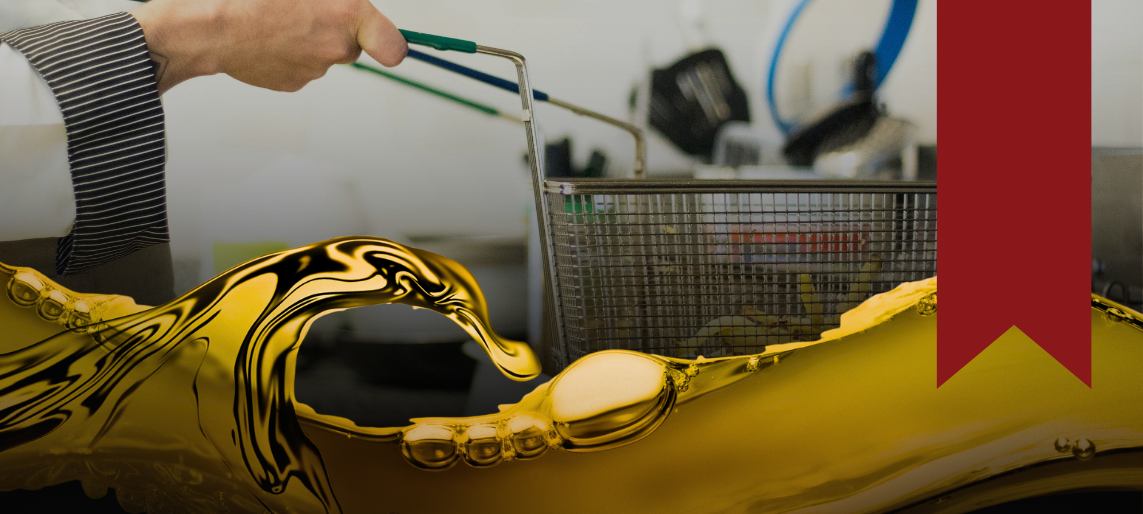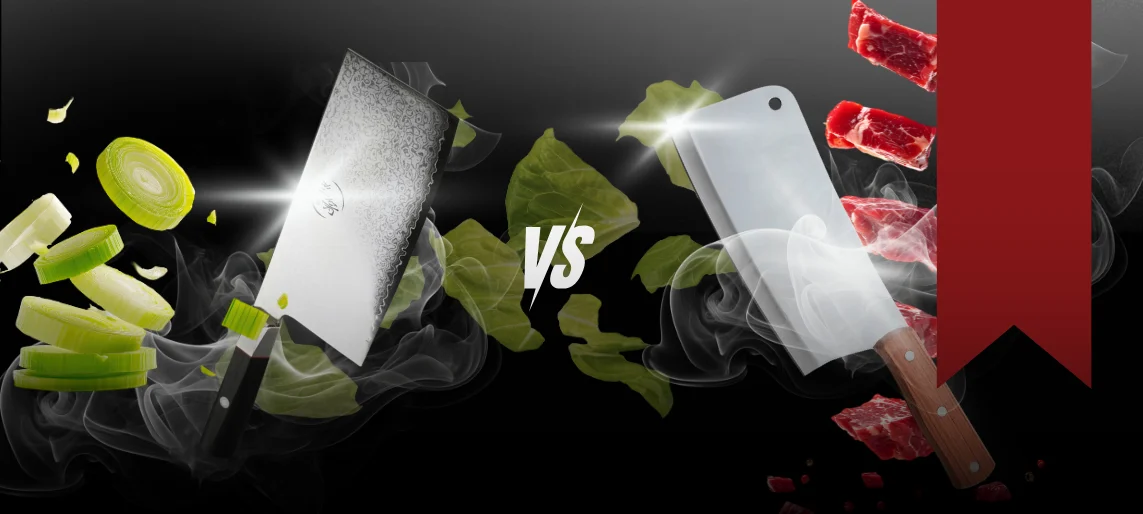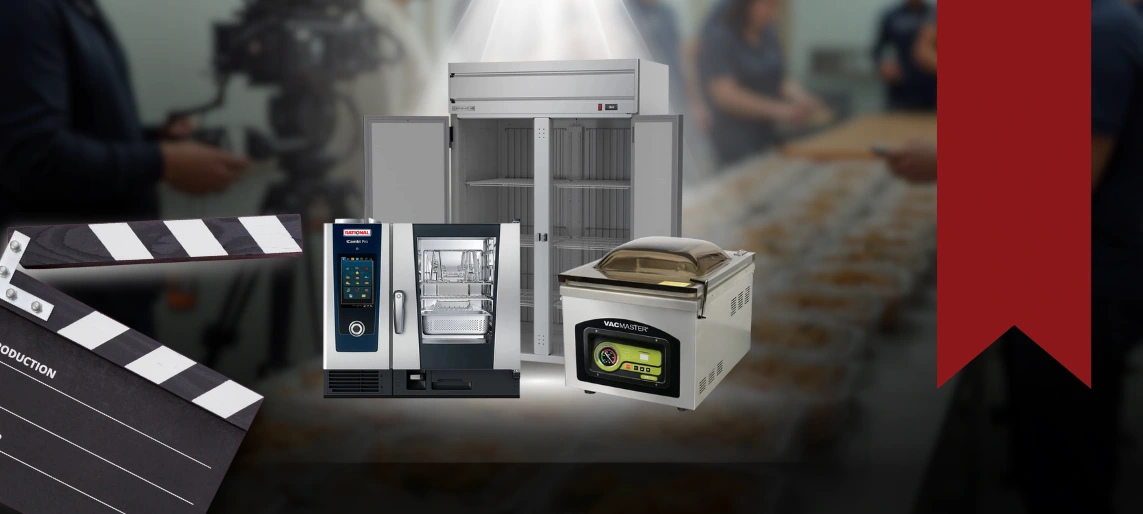
Summary
Upgrading your commercial kitchen equipment boosts performance, energy efficiency, and food quality—but what happens to the old gear? Learn the best ways to resell, donate, recycle, or safely dispose of commercial kitchen equipment while staying compliant with EPA regulations, NFPA codes, OSHA standards, and local waste rules.
Upgrading your commercial kitchen is an exciting step toward better performance, energy efficiency, and food quality—but before the new equipment arrives, you need a clear plan for handling the old gear. Whether it’s a broken fryer, an outdated prep table, or a walk-in cooler past its prime, the goal is to remove and dispose of your equipment responsibly, safely, and—when possible—profitably.
Here’s how to do it:
1. Assess the Condition
Start by evaluating whether the equipment is:
- Operational
- Repairable or refurbishable
- Non-compliant or beyond serviceable life
This will help determine whether your best option is to resell, donate, recycle, or scrap the unit. It also helps you identify potential hazards—like refrigerants, used oil, or electronic components—that require special handling.
2. Safely Shut Down and Disconnect Equipment
Before moving or removing any unit, follow proper shutdown and disconnection procedures to protect both people and property.
Electrical Equipment (e.g., ovens, steamers, dishwashers):
- Turn off the equipment at the main power switch
- Disconnect from wall outlet (for plug-in units) or turn off the breaker (for hardwired equipment)
- Label and secure any exposed wires if hardwiring is involved (use a licensed electrician if needed)
Gas Equipment (e.g., fryers, griddles, ranges):
- Turn off the equipment and allow it to cool completely
- Shut off the gas valve
- Disconnect flexible gas connectors carefully (never force fittings)
- Inspect for leaks or damage
Water-Connected Equipment (e.g., dishwashers, ice machines):
- Turn off water supply valves
- Drain any remaining water from tanks or lines
- Disconnect hoses and secure exposed plumbing lines
Direct Steam Equipment (e.g., steam kettles, steamers, tilt skillets):
- Shut down the steam supply line using the main isolation valve
- Allow the unit to cool completely
- Carefully disconnect the steam line and condensate return (use proper PPE and consult a technician if needed)
- Verify that no residual pressure remains in the system before disconnection
Refrigerated Units:
- Turn off and unplug 24–48 hours in advance
- Let the unit fully defrost (place towels to absorb meltwater)
- Arrange for EPA-certified refrigerant recovery before disposal
Tip: Always have qualified professionals handle disconnection of gas, steam, hardwired electrical connections, and refrigerants to ensure safety and code compliance.
3. Resell What Still Works
If the equipment is still functional:
- List it for sale on platforms like Facebook Marketplace, eBay, or used equipment dealers
- Trade it in—some dealers offer credit toward new purchases
- Market it to food trucks or small restaurants looking for budget-friendly gear
Stainless steel tables, convection ovens, working fryers, and refrigerators are common resale candidates—especially if you still have the spec sheets and manuals.
4. Donate to Support the Community
Working equipment can be donated to:
- Culinary schools
- Food banks or soup kitchens
- Nonprofits and churches with meal programs
Donating is a great way to give back—and may offer tax benefits. Make sure the recipient can accommodate commercial-grade equipment and has the necessary utilities and ventilation.
5. Recycle What Can’t Be Reused
Stainless Steel
Most commercial kitchen equipment—like prep tables, hoods, sinks, dish tables, ovens, and racks—is made of 304 or 430-grade stainless steel, which is 100% recyclable and valuable as scrap.
To prep for recycling:
- Remove plastic knobs, rubber feet, and electrical panels
- Separate mixed materials (e.g., aluminum, steel, copper)
- Contact a local scrap metal center for pickup or drop-off
Electronics & e-Waste
Digital displays, touchpads, and control boards in dishwashers, ovens, or refrigeration units must be disposed of through certified e-waste programs to avoid environmental harm.
6. Handle Hazardous Materials the Right Way
Several types of commercial kitchen equipment contain hazardous materials that require special handling.
Refrigerants (EPA-Regulated):
- Refrigerators, freezers, walk-in coolers, and blast chillers contain refrigerants (HFCs or HCFCs)
- Must be recovered by a certified technician, documented, and disposed of properly
- It is illegal to vent refrigerants into the atmosphere
Used Cooking Oil:
- Deep fryers and tilt skillets must be completely drained of oil
- Used oil should be collected in sealed containers and picked up by a licensed oil recycling service
Mercury and Insulation:
- Older thermostats or controls may contain mercury and need to be handled as hazardous waste
- Some walk-in coolers have insulation that requires special disposal due to chemical content
6a. Stay Compliant with Codes and Regulations
Safe removal and disposal isn’t just a best practice—it’s the law. Here are the most relevant standards that apply when decommissioning old kitchen equipment:
- EPA Clean Air Act (CAA), Section 608 / 40 CFR Part 82 – Governs refrigerant recovery, documentation, and disposal. Only EPA-certified technicians may handle refrigerants.
- EPA Resource Conservation and Recovery Act (RCRA) – Covers hazardous waste such as mercury thermostats, chemical insulation, and certain electronics.
- State e-Waste Laws – Many states require proper recycling of electronic controls, displays, and boards.
- NFPA 54 – National Fuel Gas Code – Standards for disconnecting and capping gas appliances safely.
- NFPA 96 – Ventilation & Fire Protection Standard – Applies when removing hoods, ductwork, or fire suppression tied to cooking equipment.
- Uniform Plumbing Code (UPC) / International Plumbing Code (IPC) – Requirements for disconnecting water lines and preventing backflow issues.
- EPA Oil Pollution Prevention (40 CFR Part 112) – Governs used cooking oil storage, transport, and recycling.
- NFPA 70 – National Electrical Code (NEC) – Covers safe disconnection of hardwired electrical appliances.
- OSHA 29 CFR Part 1910 – General industry rules for lockout/tagout (LOTO), PPE, and safe equipment handling.
- Local Building & Waste Codes – Municipalities may require permits for large unit removal and restrict landfill disposal unless oils, refrigerants, and electronics are removed.
Tip: Always confirm both federal and local codes before removal to avoid fines and ensure worker and environmental safety.
7. Use Your Dealer’s Trade-In or Removal Services
Many equipment dealers offer removal or trade-in services. Ask if they:
- Provide haul-away and recycling
- Offer credit for old units
- Coordinate with certified professionals for disconnection and refrigerant recovery
This can make your upgrade process much easier—and often safer.
8. Coordinate Removal Before Delivery
Plan logistics ahead of time to avoid downtime:
- Ensure old units are shut down, disconnected, and removed before delivery
- Clear a path to the installation area
- Confirm that any utility shutoffs (gas, electric, steam, water) are scheduled
- Label utilities clearly for reconnection of new units
You’ll avoid delays and reduce risk of injury or damage during the swap-out process.
Final Thoughts
Upgrading your commercial kitchen isn’t just about the shiny new equipment—it’s also about removing the old gear responsibly. A proper shutdown, safe disconnection, and smart disposal plan can protect your people, your building, and the environment.
Need help with removal, logistics, or installation?
Contact us to make your upgrade seamless and compliant.
FAQs About Disposing of Old Commercial Kitchen Equipment
Q1: Can I sell my old commercial kitchen equipment even if it’s not working perfectly?
Yes, many buyers purchase equipment for parts or refurbishment. Be upfront about its condition to avoid disputes.
Q2: How do I dispose of old refrigerators or freezers legally?
EPA regulations require refrigerants to be recovered by a certified technician. Do not attempt to vent refrigerants yourself—it’s illegal and unsafe.
Q3: Are there tax benefits for donating used equipment?
Yes, donations to qualified nonprofits may be tax-deductible. Keep documentation of the donation for your records.
Q4: What happens if I just throw old kitchen equipment in the dumpster?
Improper disposal can result in fines and environmental hazards, especially if the unit contains refrigerants, oil, or electronics.
Q5: Can dealers help with removing old equipment when delivering new units?
Many equipment dealers offer removal or trade-in services—ask about this when purchasing to save time and ensure proper disposal.











